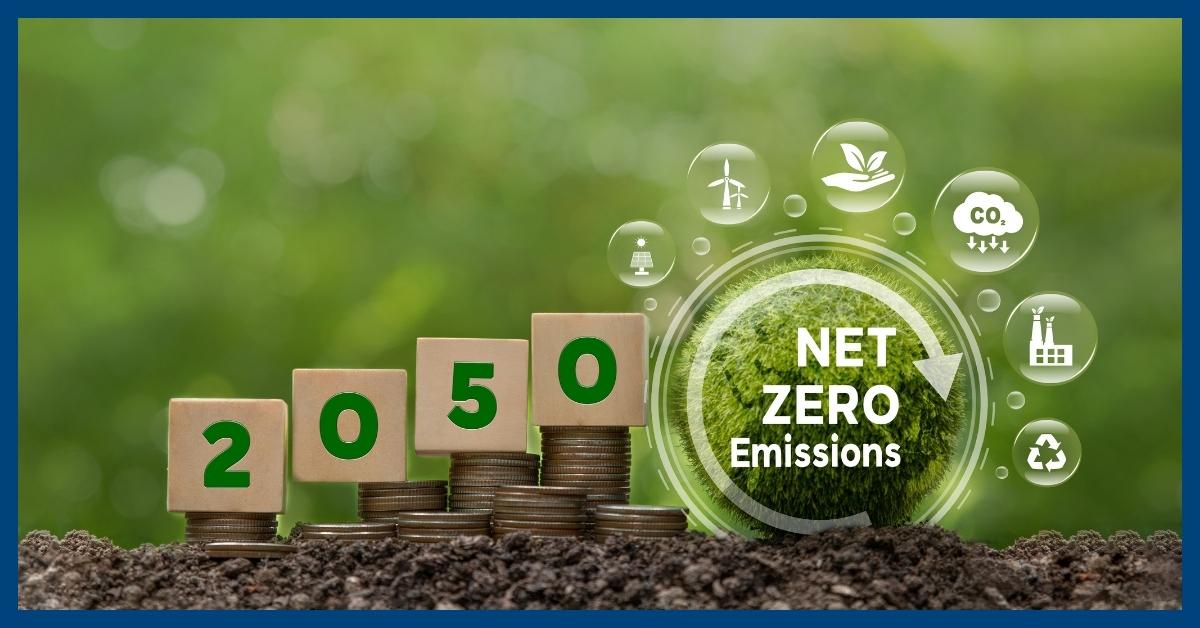SMRs and Net-Zero Carbon Emissions: A Cost Assessment for the Future
Global efforts are focusing on achieving net-zero carbon emissions by 2050. Small modular reactors (SMRs) might be a critical part of the solution. Today, we’re spotlighting the connection between SMRs and net-zero carbon emissions. We’ll particularly evaluate SMR’s economic viability against other carbon-free electrical sources.
Why Choose SMRs and Their Role in Achieving Net-Zero Carbon Emissions?
SMRs don’t have the intermittent power generation of some energy sources. Intermittent power generation often complicates grid integration. SMRs provide power steadily and reliably. This helps balance the inconsistent output of renewables. SMRs are flexible. Also, they can be used in diverse locations. They’re a desirable option for remote or off-grid areas.
Economic Feasibility of SMRs and Their Impact on Net-Zero Carbon Emissions
The International Energy Agency (IEA) provides an insightful report asserting the potential of SMRs to become a cost-effective option for decarbonizing the electricity sector. This is especially the case in regions with limited grid infrastructure. According to the report, SMRs have a levelized cost of electricity (LCOE) that can compete with other carbon-free alternatives, like offshore wind and utility-scale solar PV.
Moreover, the report highlights the possibility for SMRs to outstrip the traditional nuclear power plants in cost-effectiveness due to their smaller size and modular design. The ability to manufacture SMRs in a factory and transport them to the site eliminates the need for on-site construction. Additionally, SMRs might be less costly to operate and maintain than conventional nuclear power plants.
SMRs have a levelized cost of electricity (LCOE) that can compete with other carbon-free alternatives, like offshore wind and utility-scale solar PV.
The Pivotal Role of SMRs in a Net-Zero Carbon Future
SMRs are not a silver bullet solution for achieving net-zero carbon emissions by 2050. A blend of carbon-free energy sources will be necessary, involving renewables like wind and solar, alongside energy storage and carbon capture technologies. Nonetheless, SMRs can hold a pivotal role in satisfying the energy demands of a net-zero carbon future, especially in regions where renewable energy sources aren’t as abundant or grid infrastructure is limited.
Wrapping Up
In essence, small modular reactors could be a financially viable opxtion for achieving net-zero carbon emissions by 2050, particularly in regions with minimal grid infrastructure. They provide a constant, reliable power that can supplement intermittent renewables like wind and solar. Their smaller size and modular design make them less costly and risky than traditional nuclear power plants. While there are still regulatory and logistical hurdles to overcome, the potential benefits of SMRs render them a significant component in the array of carbon-free energy sources required to reach a net-zero carbon future.
Want to delve deeper into SMRs? Check out our recent press release on NuScale Power’s collaboration with Accelerant Solutions for an innovative training program.




Ashley Royal
July 26, 2023Great concise information, Mike. Thanks!